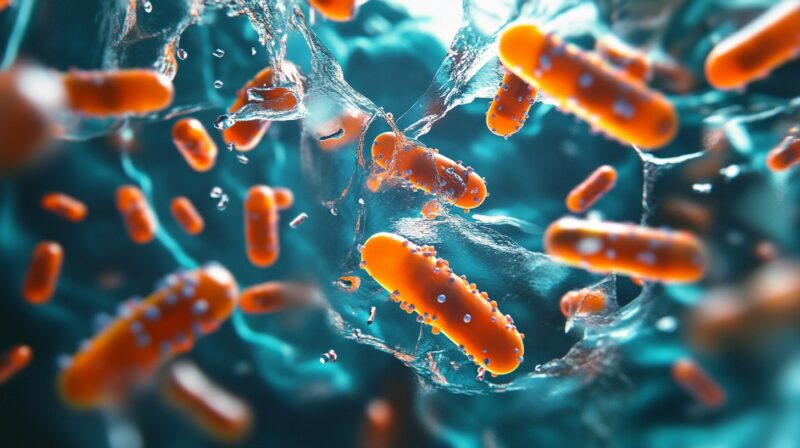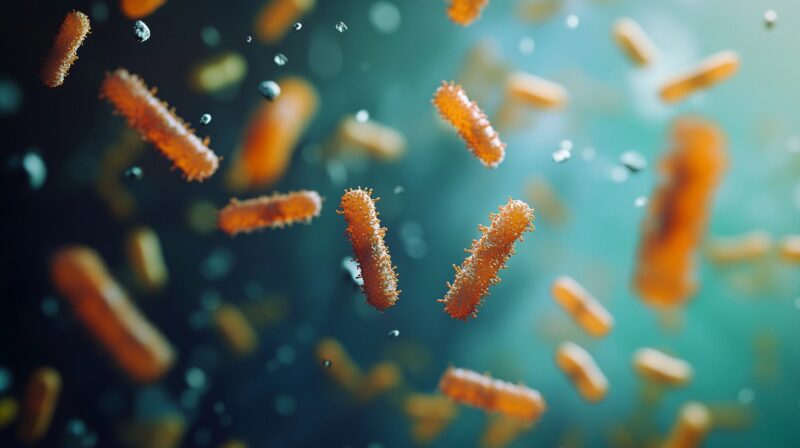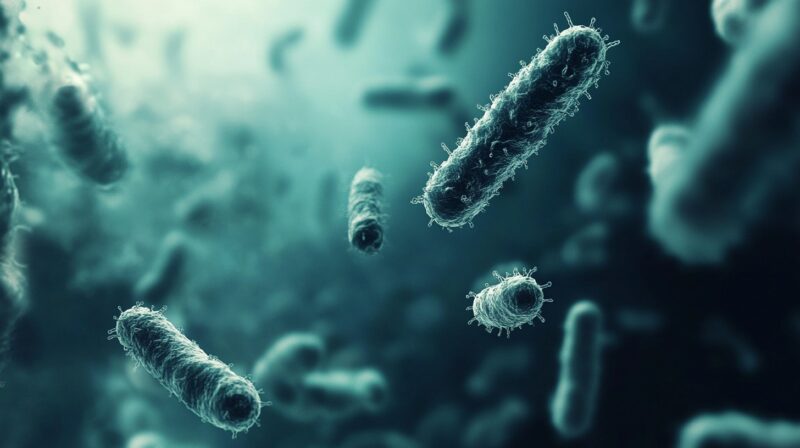Maintaining the quality and safety of your water supply is crucial for your health and well-being. In this comprehensive guide, you’ll learn the essential steps to test for bacteria in your water, ensuring it meets the necessary standards for purity and cleanliness.
From understanding the importance to selecting the right testing methods, this guide will walk you through the entire process, empowering you to make informed decisions about the water you and your family consume.
By the end of this article, you’ll have the confidence to take action and ensure your water is safe and clean for all your household needs.
Key Takeaways
- Understand the importance of testing water for bacteria to ensure health and safety
- Learn about common sources of bacterial contamination
- Discover the necessary equipment and supplies required for bacteria testing
- Gain step-by-step guidance on how to effectively test for bacteria in your water
- Develop the skills to interpret test results and take appropriate actions
The Importance of Testing Water for Bacteria

Ensuring the safety and quality of your water supply is crucial for maintaining your health and well-being. Regular water testing is essential in identifying the presence of harmful bacteria that can lead to a range of water-borne illnesses.
Why Water Quality Matters for Health and Safety
Contaminated water can harbor a variety of harmful bacteria, such as E. coli and Salmonella, which can cause serious waterborne illnesses. Exposure to these pathogens can lead to symptoms ranging from gastrointestinal distress to life-threatening conditions.
Maintaining water quality standards is essential in preventing the spread of such illnesses and ensuring the overall safety risks are minimized.
Common Sources of Bacterial Contamination in Water

- Sewage leaks or malfunctioning septic systems
- Agricultural runoff containing animal waste
- Improper disposal of industrial or household chemicals
- Stormwater runoff carrying pollutants
By understanding these common sources of bacterial contamination, you can be more vigilant in monitoring the quality of your water and taking appropriate measures to address any issues that arise.
| Contaminant | Potential Health Risks | Common Sources |
|---|---|---|
| E. coli | Diarrhea, nausea, vomiting | Sewage, animal waste |
| Salmonella | Foodborne illness, typhoid fever | Improper food handling, contaminated water |
| Cryptosporidium | Severe diarrhea, dehydration | Contaminated surface water, poor sanitation |
“Maintaining a clean and safe water supply is not just a luxury, but a fundamental right for all individuals. Regular testing is the first step in ensuring the water you and your family consume is free from harmful bacteria and contaminants.”
By understanding the importance of testing, you can take proactive steps to protect your family’s health and address any safety risks that may arise. Regular testing and vigilance are crucial in maintaining the quality and safeguarding your well-being.
Preparing for Water Bacteria Testing
To begin the process of testing your water for bacteria, you’ll need to gather the necessary equipment and supplies. This includes a sterile container, a reliable water testing kit, and any other materials required for the specific testing method you plan to use.
Whether you opt for a DIY testing kit or work with a professional testing lab, having the right tools on hand is crucial for obtaining accurate and trustworthy results.
When it comes to water sampling, it’s important to follow the proper procedures to ensure the integrity of your sample. This may involve flushing the water line, avoiding contamination from external sources, and carefully filling the sample container.
The testing kit or lab you choose will provide detailed instructions on the correct sampling techniques to use.

